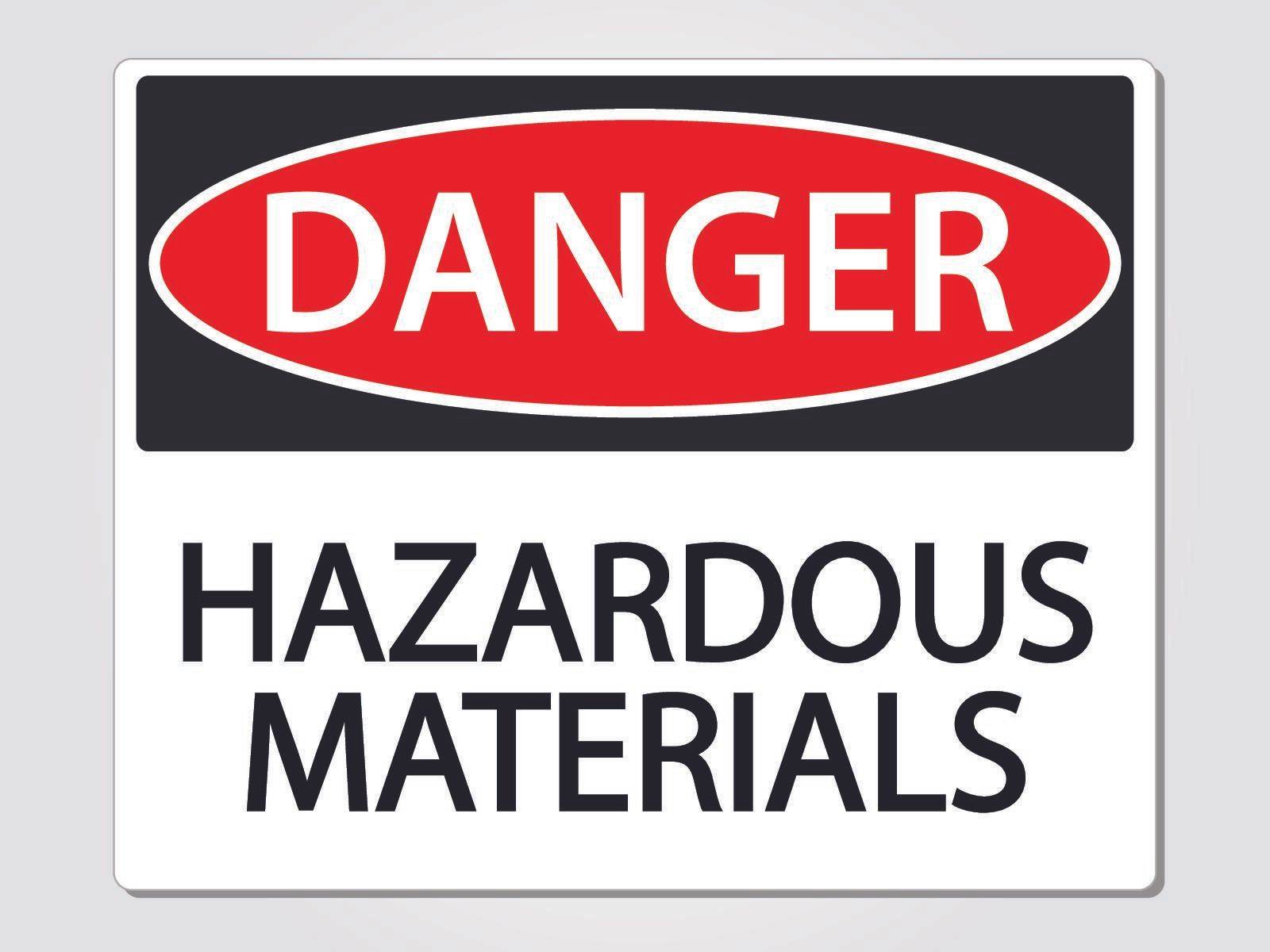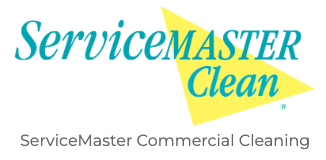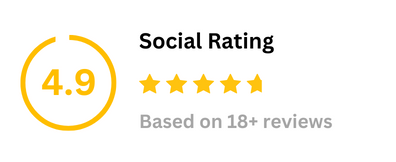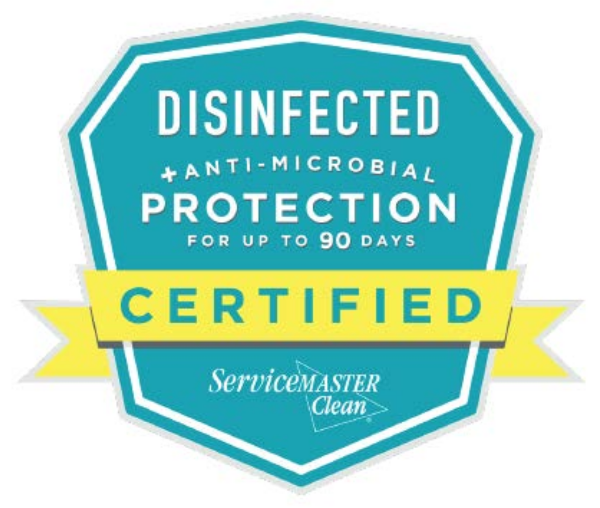Potential Dangers of Common Cleaning Products
When cleaning our homes and workplaces, our goal is to rid them of harmful germs and bacteria. Unfortunately, while they kill bacteria, many common cleaning products also cause damage in other ways through bad chemicals and other hazardous materials. Learn about the potential dangers of common cleaning products to help avoid exposure to harmful chemicals.
Notable Chemicals
Several toxic chemicals show up with alarming frequency in common cleaning products used in the home. Check labels on your cleaning supplies for the following chemicals, and be aware of the dangers they can cause.
Chlorine Bleach – In the household, chlorine bleach is commonly used as a whitening agent in the laundry. Chlorine bleach can be hazardous in a variety of ways, most notably as a strong eye, skin, and respiratory irritant. If mixed with other cleaners like ammonia, chlorine bleach can release chlorine gas–exposure to which can cause coughing, shortness of breath, chest pain, nausea, and other symptoms.
Ammonia – Common in glass cleaners and other surface cleaners, ammonia can burn the skin or damage the eyes, sometimes even blind, upon contact. Ammonia can also be irritating to the throat and lungs if inhaled.
Triclosan and Triclocarban – Commonly found in everything from hand and dish soap to toothpaste, triclosan and triclocarban have been linked to hormone imbalances and a potential increased risk of breast cancer.
Ammonium Quaternary Compounds – Also known as “quats,” these chemicals are found in disinfectant sprays and toilet cleaners. Some have been identified as a known inducer of occupational asthma.
Nano-Silver – Incorporated into things like textiles, plastics, and packaging, nano-silver is also often found in different types of soap. It gives the natural antibacterial property of silver metal, however, nano-silver particles can penetrate deep into the body, and have been shown to be toxic to both the liver and the brain.
Nonylphenol Ethoxylate – Used in detergents, personal care products, and pesticides, products containing nonylphenol ethoxylate are not sold in the European Union and were banned in cleaning products in California in 2012. The chemical breaks down to nonylphenol, which can disrupt the hormone system and is toxic to aquatic life.
Butoxydiglycol – Found in several common products, such as various Lysol sprays, oven cleaners, bathroom cleaners, and even a few leather and carpet cleaners, butoxydiglycol can irritate and inflame the lungs. The Environmental Working Group (EWG) also lists this chemical in categories for skin allergies and irritants, developmental and reproductive toxicity, and even as a possible carcinogen.
2-Butoxyethanol – Used in spot removers, degreasers, and several products of the “Simple Green” cleaning brand, 2-butoxyethanol is a solvent absorbed through the skin that can damage red blood cells and irritate the eyes.
Hazards in Everyday Cleaning Products and Alternatives
All-Purpose Cleaners
All-purpose cleaners can be great to keep in the house for a sort of one-stop-shop solution, but they can present a number of hazards to watch out for as well. Commonly found in cleaners marked as “all-purpose” are sudsing agents diethanolamine (DEA) and triethanolamine (TEA). Both chemicals can react with nitrates, which are often undisclosed preservatives or contaminants present in cleaners. This reaction can form nitrosamines, which are carcinogens that readily penetrate the skin.
Most household cleaning needs can be met in simpler, more eco-friendly ways. A good scrubber brush combined with warm water, liquid castile soap, vinegar, lemon, or baking soda can work wonders on dirt and grime. If you’re more comfortable working with a premixed cleaner, here are a few safe brands:
- Dr. Bronner’s Pure Castile (Liquid) Soaps
- Dr. Bronner’s Sal Suds
- Seventh Generation All-Purpose Cleaner
Window Cleaners
Many window and glass cleaners contain ammonia, which, as mentioned above, can irritate airways, eyes, and skin upon contact or inhalation. Ammonia can also release toxic chloramine gases if mixed with any cleaners containing chlorine. Some window cleaners can contain a chemical called butyl cellosolve, which can be damaging to the nerves.
As an alternative, just using plain water can be as effective as commercial cleaners. For greasy fingerprints or other harder-to-remove spots, white vinegar or lemon juice can be added to a spray bottle of water. The following eco-safe brands are a decent alternative as well:
Drain Cleaners
Understandably so, drain cleaners represent some of the most dangerous household cleaners available. The corrosive elements found in drain cleaners such as sodium hydroxide and sodium hypochlorite (bleach) can permanently blind, burn the eyes and skin. If ingested, drain cleaners can also prove fatal.
The best way to avoid using harmful drain cleaners is to prevent clogged drains from the start. Ensure your kitchen sink is equipped with a garbage disposal to break down food particles or dispose of them prior to rinsing dishes. Install metal or plastic drain screens in showers and bathroom sinks to collect hair and other drain-clogging elements.
If preventative measures fail, try using a “snake” plumbing tool to manually remove the blockage, or try suction removal methods like a plunger before purchasing a drain cleaner. If you must resort to a cleaner, look for brands that use enzymes rather than caustic chemicals to eat away at the blockage, such as Earth Friendly Earth Enzymes Drain Opener.
Furniture Polish
As with most chemical-based cleaners, furniture polish contact with skin can cause irritation, and aerosol-based polishes can cause damage to lung tissue if inhaled. Many brands also contain nerve-damaging petroleum distillates, which are flammable and dangerous if ingested.
White vinegar and small amounts of olive oil can be combined to create a less harmful furniture polish and dusting solution. Eco-friendly brands will use plant oils as the active polish rather than solvents. Ecos creates an Earth Friendly Furniture Polish, which can be found at most natural food stores.
Laundry Detergent
Laundry detergents often top the list of household cleaners with hidden hazardous chemicals. What’s worse, these damaging chemicals stick with as you wear your clothes and use your sheets and towels. Many popular detergent brands contain chemicals like 2-butoxyethanol, chlorine, diethanolamine, and petroleum distillates. These chemicals can have effects ranging from skin irritation to far more severe damages such as developmental delays, blood issues, digestive problems, and even increased risks of cancer.
Laundry detergent is easy enough to make at home, and health blogger The Organic Prepper published her own recipe with the following ingredients:
- Two 55-oz boxes of washing soda
- One 64-oz box of baking soda
- One 32-oz tub of LA’s Oxygen Cleaner
- 3 bars of castile soap
Store-bought brands that are safe and environmentally-friendly include:
- Honest Free and Clear
- Biokleen
- Seventh Generation Laundry Powder
- Planet by Ultra
- Molly’s Suds Laundry Powder
- Whole Foods 365 2X Concentrated Laundry Detergent
- Sun and Earth Unscented Detergent
- GrabGreen Laundry Pods, Unscented
Air Fresheners
In addition to causing allergic reactions and causing further irritation of the eyes, skin, and lungs, synthetically-fragranced aerosol air fresheners are often flammable as well. A 1999 study also found aerosol air fresheners to be linked to less obvious effects, including illnesses in children and pregnant women. The study, published in New Scientist by researchers at Bristol University, found that in homes where aerosol air fresheners were used frequently, mothers suffered from 25% more headaches and 19% more depression, while infants under six months had 30% more ear infections and a 22% higher incidence of diarrhea.
Popular air freshener brands like Glade and Air Wick contain warnings that “intentional misuse by deliberately concentrating and inhaling the contents can be harmful or fatal.
Fans, open windows, and other ventilation methods can help to clear out odors rather than using aerosol air fresheners. Baking soda is another great solution for odor removal, while citrus fruits can help to naturally freshen the air.
Brands to Avoid
The EWG published a Hall of Shame report in 2012 to highlight some of the worst offenders in harmful household cleaners. Those making the list included:
- Simple Green Concentrated All-Purpose Cleaner
- Whink Rust Stain Remover
- Citra-Solv Cleaner & Degreaser
- Scrubbing Bubbles – Antibacterial Bathroom Cleaner & Extend-A-Clean Mega Shower Foamer
- EASY-OFF Fume Free Oven Cleaner
- Drano Professional Strength Kitchen Crystals Clog Remover
- Walmart Great Value Heavy Duty Oven Cleaner
- Lysol Disinfectant Power Toilet Bowl Cleaner with Lime & Rust Remover
- 2000 Flushes and X-14 toilet bowl cleaners
You might also like




